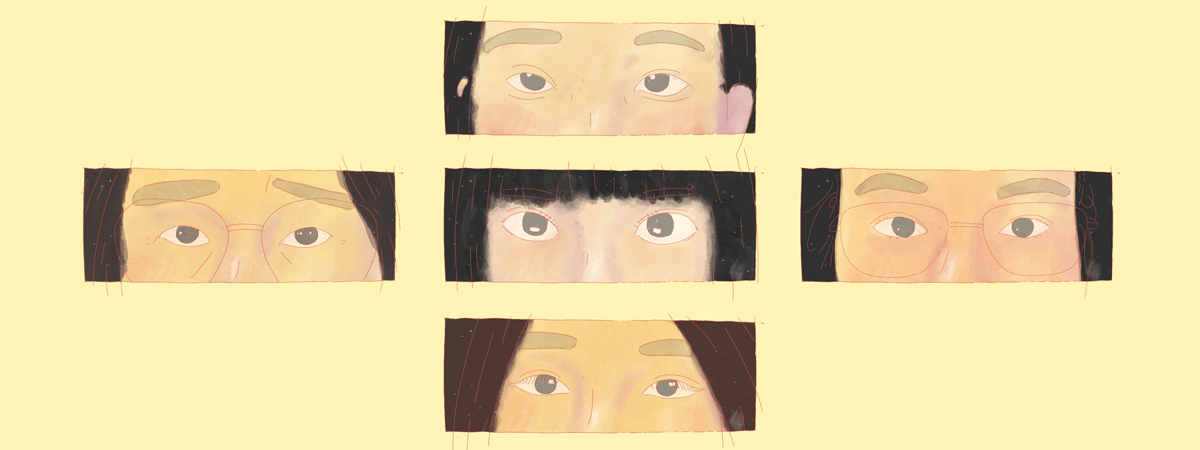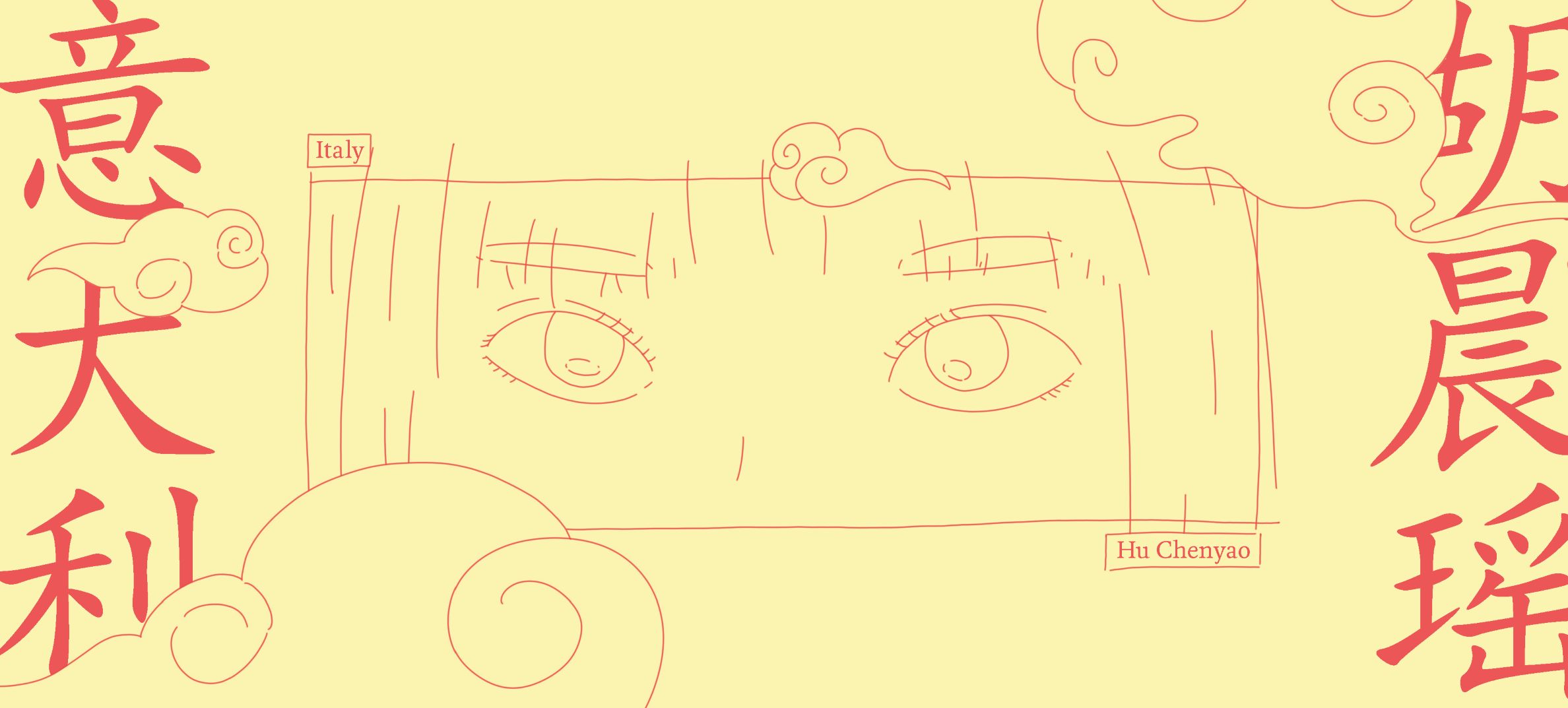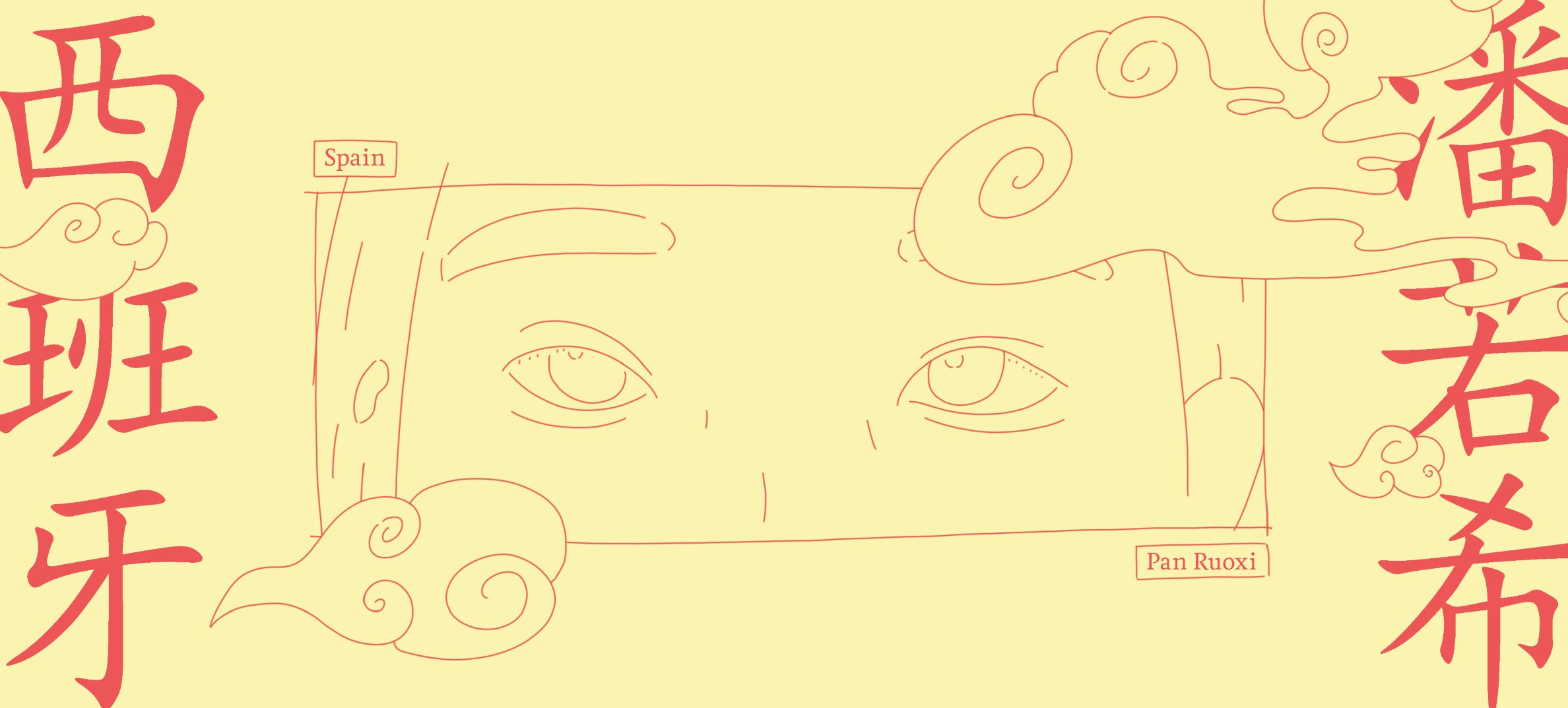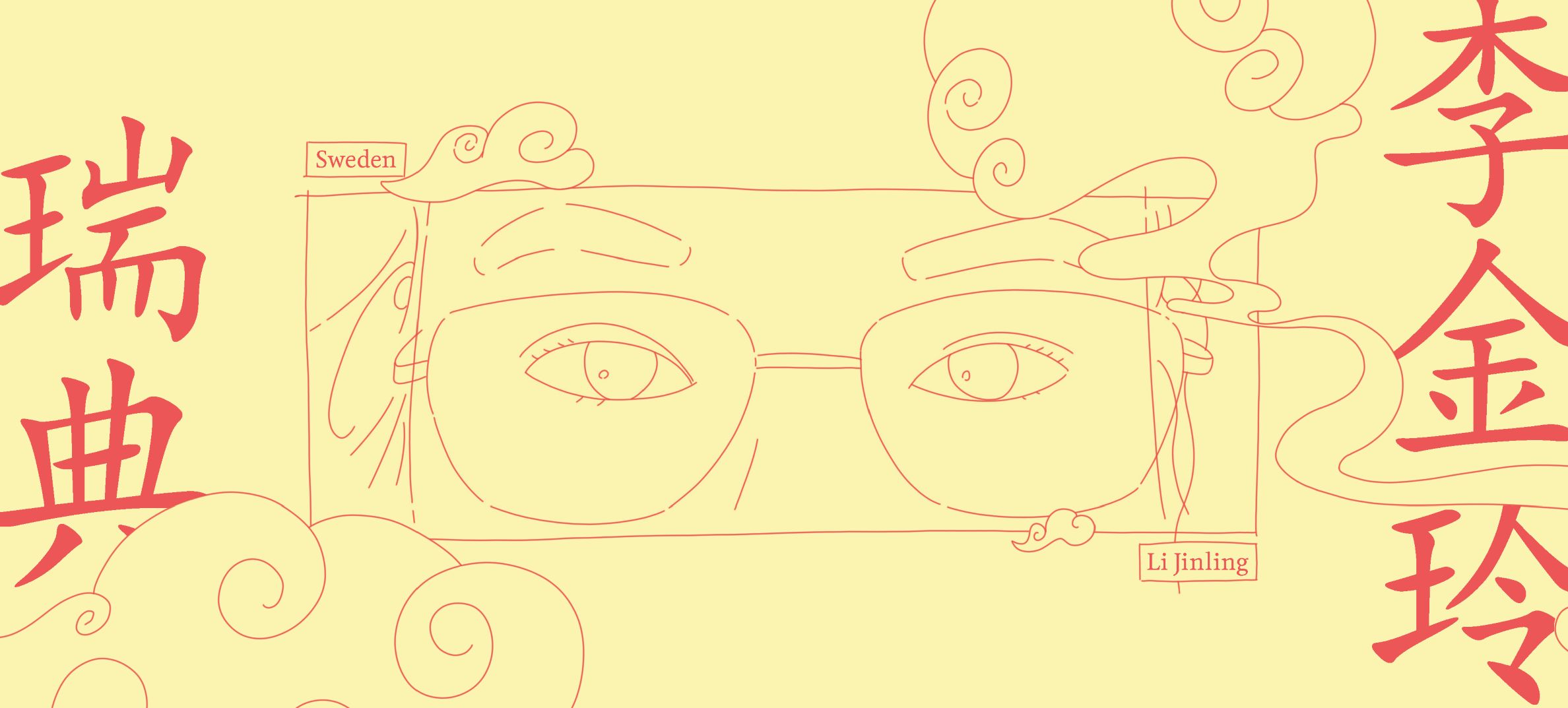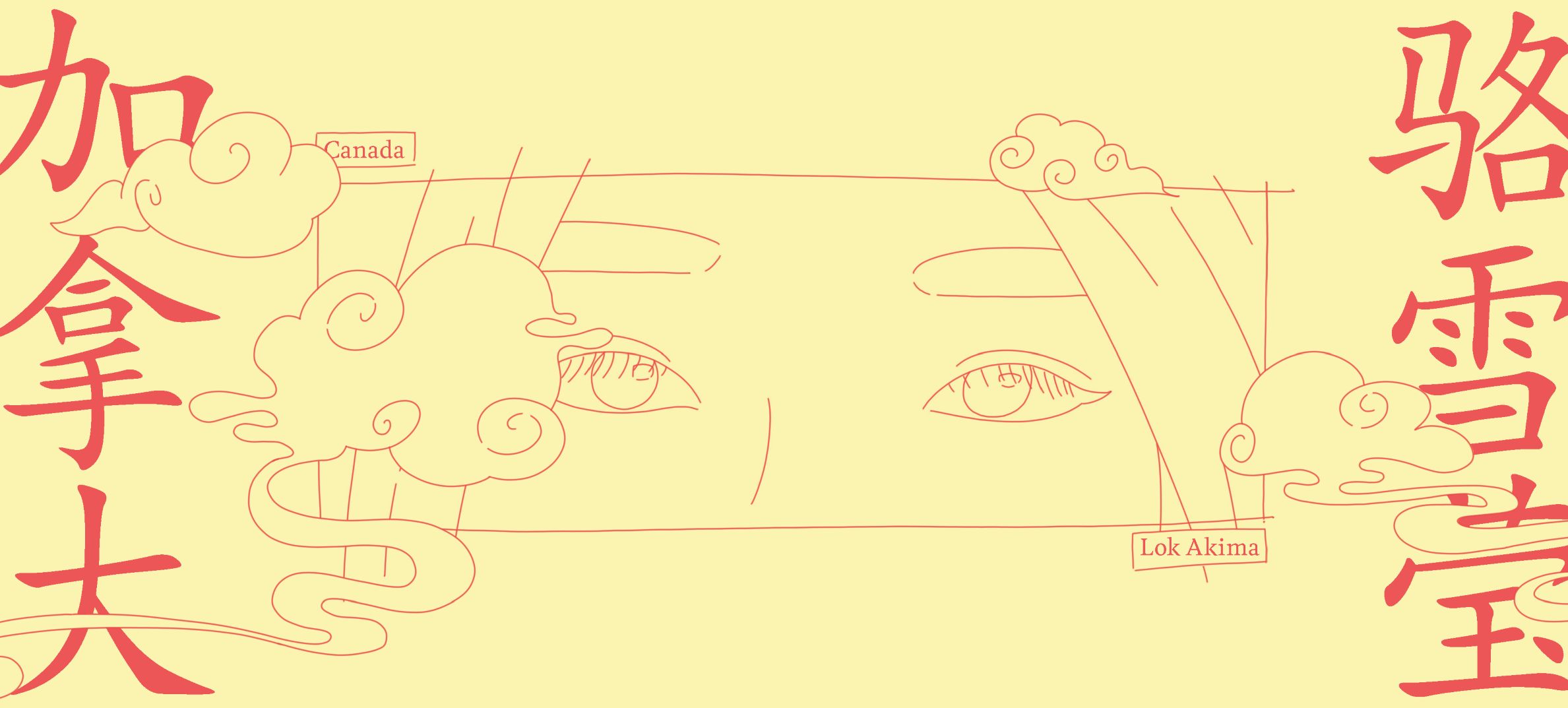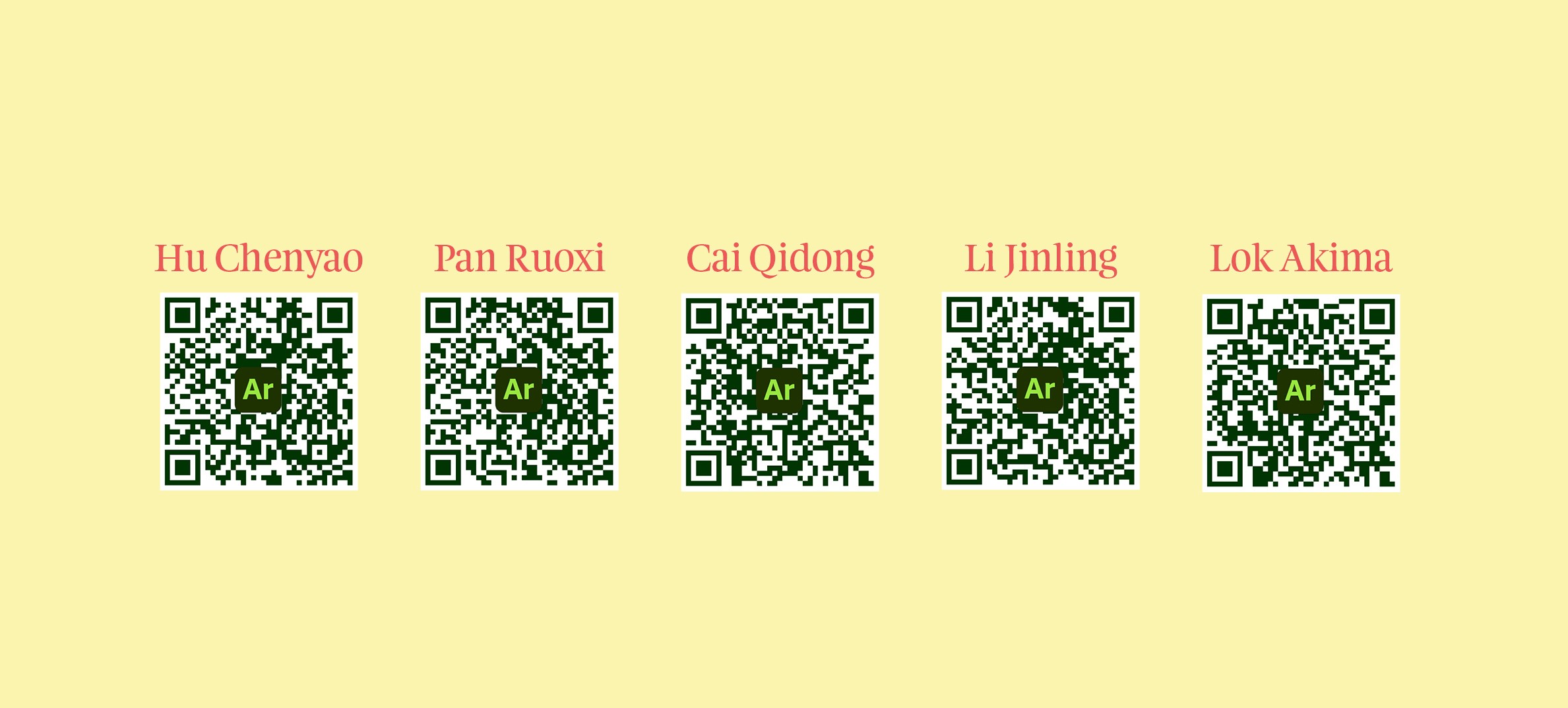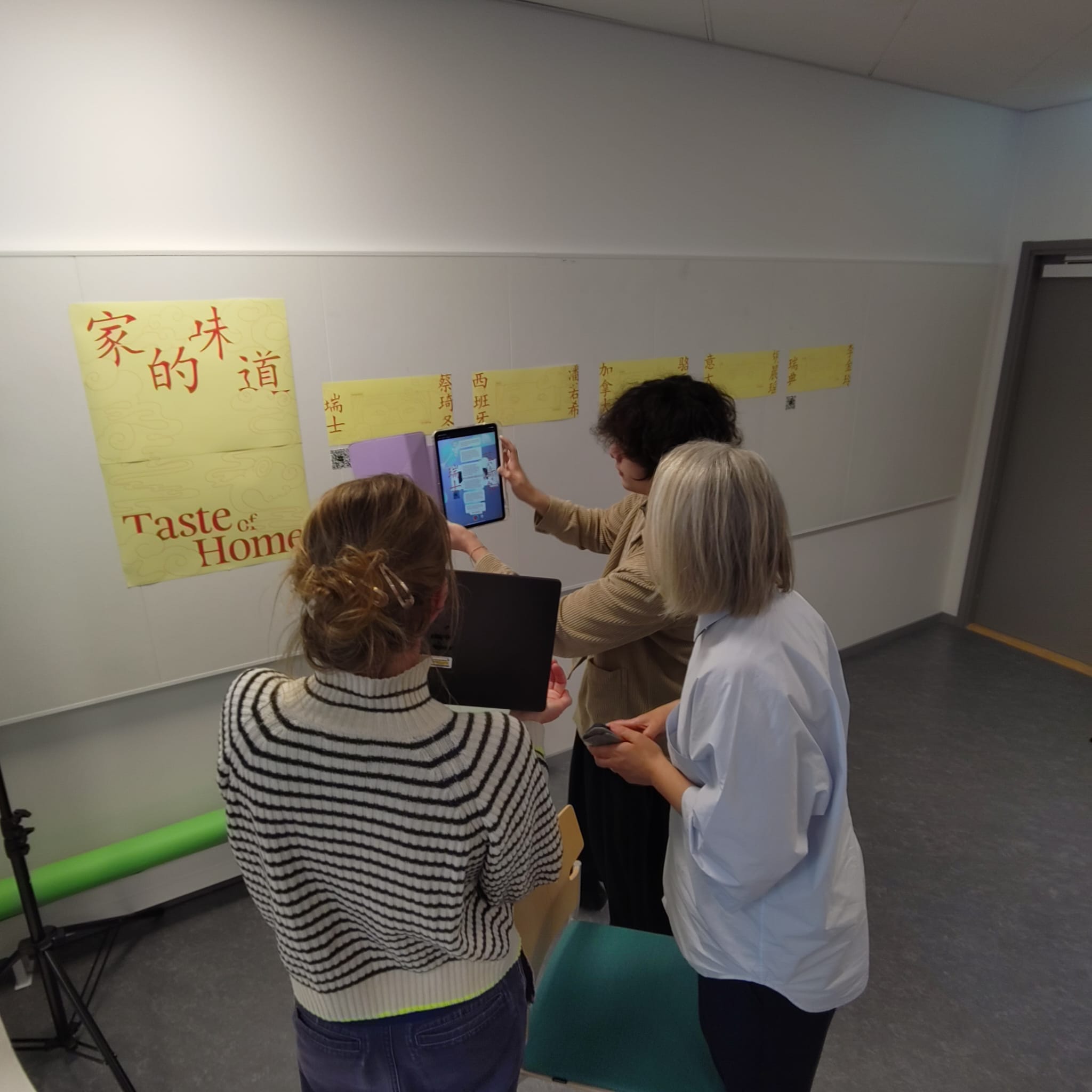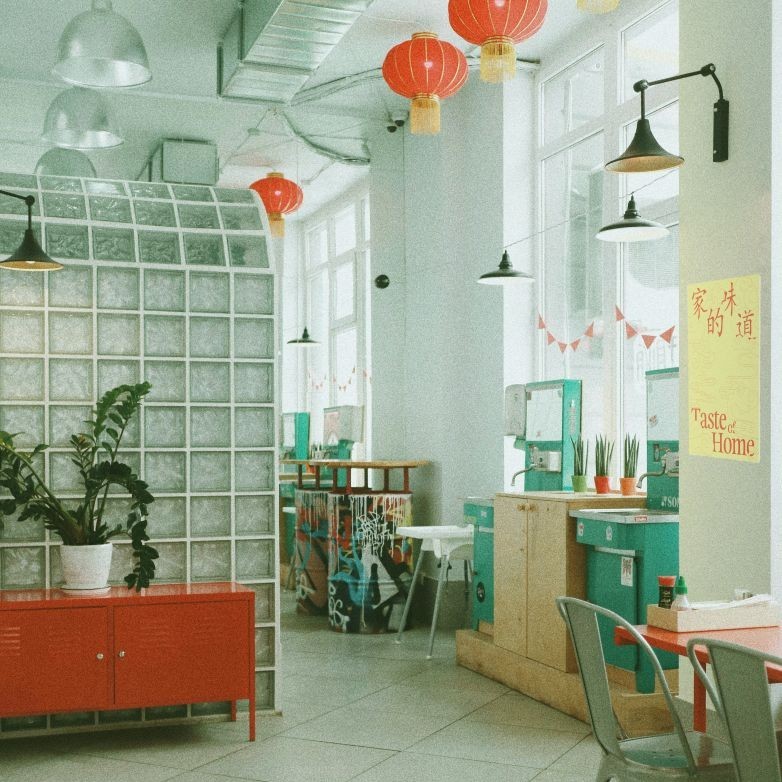Taste of Home
Taste of Home is an exploration of how food can be used to tell stories of cultural identity and diasporic belonging. This was done through interviews with first- and second-generation Chinese individuals, as well as the creation of an augmented reality installation that layers images, textures, and memories in a dynamic 3D space. The final experience was exhibited as a series of AR posters, inviting viewers to engage with personal narratives of Chinese cuisine and home through their smartphones.
Client
LNU Thesis Work
DELIVERABLES
Posters, AR
Year
2025
Role
Conceptualization, Creative Direction, Development,
Motivation
How can you find a piece of home as a first or second generation immigrant?
I grew up as someone with both Chinese and Swiss heritage—raised by a Chinese mother and a Swiss father in a European environment shaped by both cultures. This mix defined my everyday life, from the food we ate to the values we lived by. Through this background, I came to know many others with similar experiences, people who are part or fully Chinese but grew up in Western countries. We share a kind of in-between cultural heritage, shaped by diasporic roots and Western surroundings. In conversations, a recurring theme emerged:
the feeling of not fully belonging in either culture.
Many of us grew up in cultural bubbles at home, spaces rich in traditions, language, and food that often felt disconnected from the world outside. These differences can create a quiet tension, leading to feelings of being misunderstood, overlooked, or subject to subtle prejudice.
Eureka
For many of us, food is the closest thing we have to our home.
But through further discussion, I also realized something that bridged our differences and grounded us was food. Not just the dishes themselves, but the taste, the environment in which they were eaten, the small rituals around preparation and mealtimes, and the people who were always there when food was involved. These shared experiences held deep emotional weight; they brought comfort, sparked memories, and created a sense of home, even when everything else felt uncertain. That’s why I decided to make this project about Chinese food, not simply as cuisine, but as a cultural anchor.
Design Question
And that’s when I asked myself the crucial question: How can visual communication be used to explore diasporic identity through personal stories connected to Chinese food?
To begin answering it, I reached out to a few people I knew, first- and second-generation immigrants of Chinese origin, living in different parts of the world. I interviewed them about their relationship to food, their childhoods, the prejudices they’ve faced, and the moments that shaped their cultural identity. From these conversations, I selected fragments, memories, emotions, habits, and illustrated them, turning them into a series of augmented reality posters. I chose this format not only for its interactive quality, but because of what it evokes: the feeling of reaching into the past, of uncovering layered stories and memories that aren’t always visible in the present. The AR posters invite viewers to linger, discover, and reflect. Just as we often do with our own histories.
